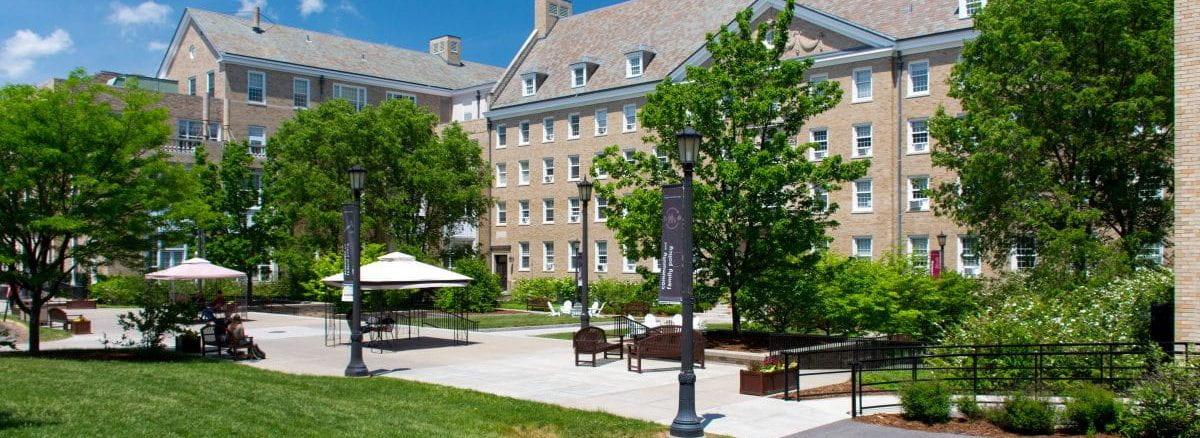The American Psychological Association (APA) offers a 5-credit continuing education course based on the book, The Neuroscience of Risky Decision Making by Valerie Reyna and Vivian Zayas.
 Whether the decision is to have unprotected sex, consent to surgery, spend rather than save for retirement, or have an extra piece of pie, risky decisions permeate our lives, sometimes with disastrous consequences. How and why risk taking occurs has important implications, yet many questions remain about how various factors influence decision-making.
Whether the decision is to have unprotected sex, consent to surgery, spend rather than save for retirement, or have an extra piece of pie, risky decisions permeate our lives, sometimes with disastrous consequences. How and why risk taking occurs has important implications, yet many questions remain about how various factors influence decision-making.
This book advances basic understanding and scientific theory about the brain mechanisms underlying risky decision making, paving the way for translation of science into practice and policy. This compelling research topic crosses a number of disciplines, including social, cognitive, and affective (emotion) neuroscience psychology, brain sciences, law, behavioral economics, and addiction.
Learning Objectives of the course:
- Describe the processes that govern risky decision-making.
- Evaluate recent research on neurobiological and psychological theory that underlie risky decision-making, including recent theory on triple processing.
- Identify the differences that underlie decision making in childhood, adolescence and older adulthood.

